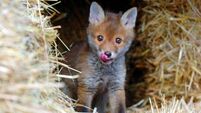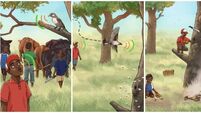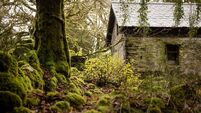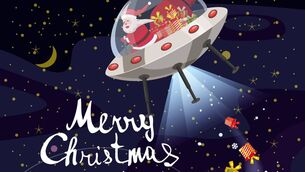Be careful what you buy your kids or nieces and nephews — you could end up setting a lifelong passion, and even career, in motion.
A simple jigsaw featuring wild animals may have been pivotal for wildlife documentary maker Eoin Warner, who has just spent three years making a three-part TV series about the wildlife wonders of Ireland’s Atlantic islands.
Ireland’s Wild Islands sees Eoin sail a 140-year-old Galway hooker from Rathlin Island down past Mayo, Clare, and Kerry, and on to West Cork.
And watching this series, you’ll be right there with him — for every slap and sparkle of sinuous waves, for the fascination/horror of seeing little fluffy guillemot chicks, aka jumplings, taking leaps of faith off cliffs, and for the literally breathtaking joy of swimming up close to basking sharks.
Bantry-born Eoin, who will be 47 in May, started filming this Crossing the Line Productions series in September 2019. While production was somewhat delayed by covid, it also took so long because they wanted to see everything, from white-tailed eagles on Cork’s Garinish Island to grey seal bulls fighting for supremacy on Mayo’s Inishkea islands and humpback whales off the Blasket islands.
Eoin’s love for nature is so evident throughout the series and if the crystal-clear scenes and up-close animal and bird images don’t sweep you along on this journey then his quiet excitement about the “blonde bombshell” on Rathlin or the joy in seeing a “playschool” of chicks bobbing along really will.
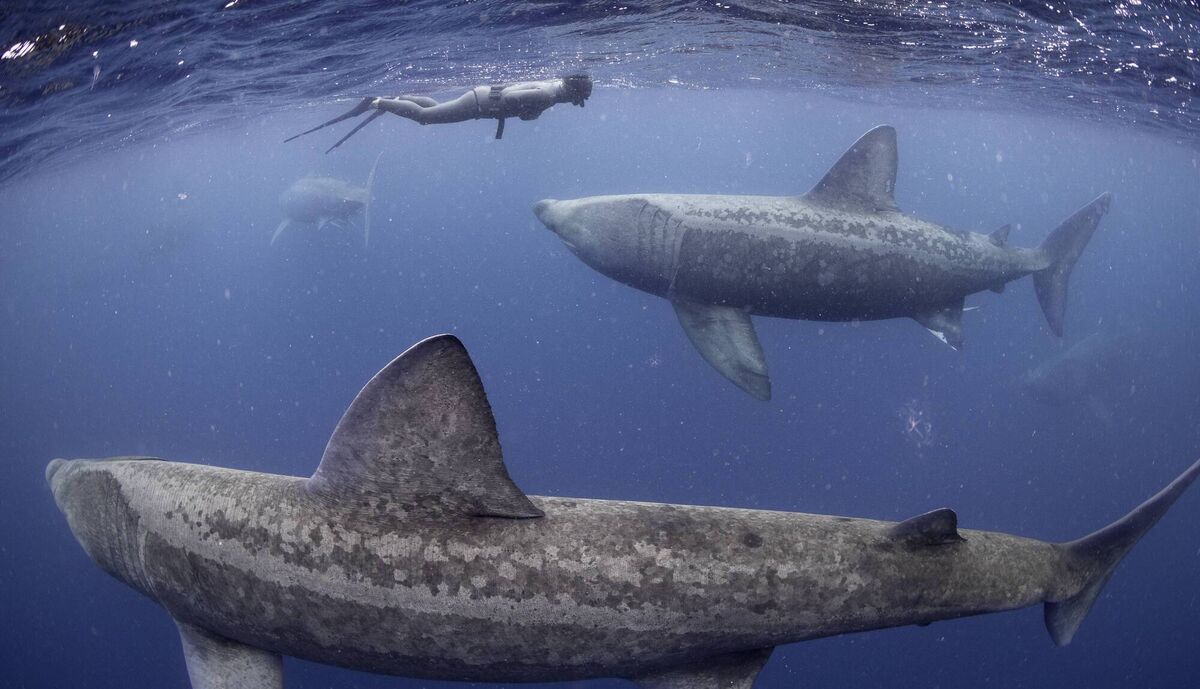
FROM POINT TO POINT
That “blonde bombshell with the striking blue eyes” is a gorgeous golden hare and when asked about this phrase, Eoin laughs and admits they didn’t use a script: “There are no ‘pieces to camera’, you just talk and say what occurs to you at the time, I guess for a more intimate feel.”
Eoin travelled on the red-sailed Galway hooker, the Naomh Sineach, but had a camera crew come and go for filming the various stages of the journey
“The camera crew often spent weeks at a time getting battered by storms to capture the images. There was a whole team of dedicated professionals who went to extraordinary lengths to capture this wildlife footage.
“I had learned to sail as a kid — but hadn’t been sailing since. So I really did fall in love with sailing again — in a boat of that age and style, you are forced to slow down and be at the mercy of the wind. And it’s almost liberating in a way as you have to deal with the wind that you have. Then out by Fastnet we were doing seven knots and pushing the boat to its limit. But it gives you a whole new appreciation for the people who had no choice but to travel by wind and who lived and live on the islands.”
The series moves from our northernmost island, Inishtrahull, to Tory, Achill, and the Aran Islands, so it seems reasonable to ask if Eoin has a ‘favourite’ island. He launches into praise for a whole bunch of islands from the “amazing” Inishkeas to the seabird colonies and red deer of Inishvickillane. He can’t resist listing almost every other island he visited on the voyage but it’s the uninhabited ones he seems most passionate about.
“There are few wild places left in the world — and they’re so beautiful and so wild because we’re not there. You have a thousand grey seals on the beach on Blaskets and they’re there because we’re not. That liminal zone where land meets the sea is beautiful to watch and, when people left, nature claims it back.”
Unsurprisingly, a similar query about which animal encounter on the voyage meant the most to him, has him then listing almost all the creatures they saw.
However, the basking shark scenes are pretty spectacular and he is thrilled to have seen them thriving.
“It seemed like every time I was told there were basking sharks in an area I would arrive and they would be gone”.
But then he heard about this “amazing basking shark courtship behaviour off the Clare coast in September and we arrived and there were hundreds of basking sharks”.
“They were doing these concentric circles and we were freediving. We stayed outside the circle to give them their space. And then I turned around and realised that another circle was coming at us and there was a basking shark coming straight for me and I just had to stay still. It passed directly underneath me and I felt its dorsal fin stroke my chest. It was frightening but so exciting at the same time.”
And from the largest of our wildlife to the smallest and shyest there is nothing but awe and admiration.
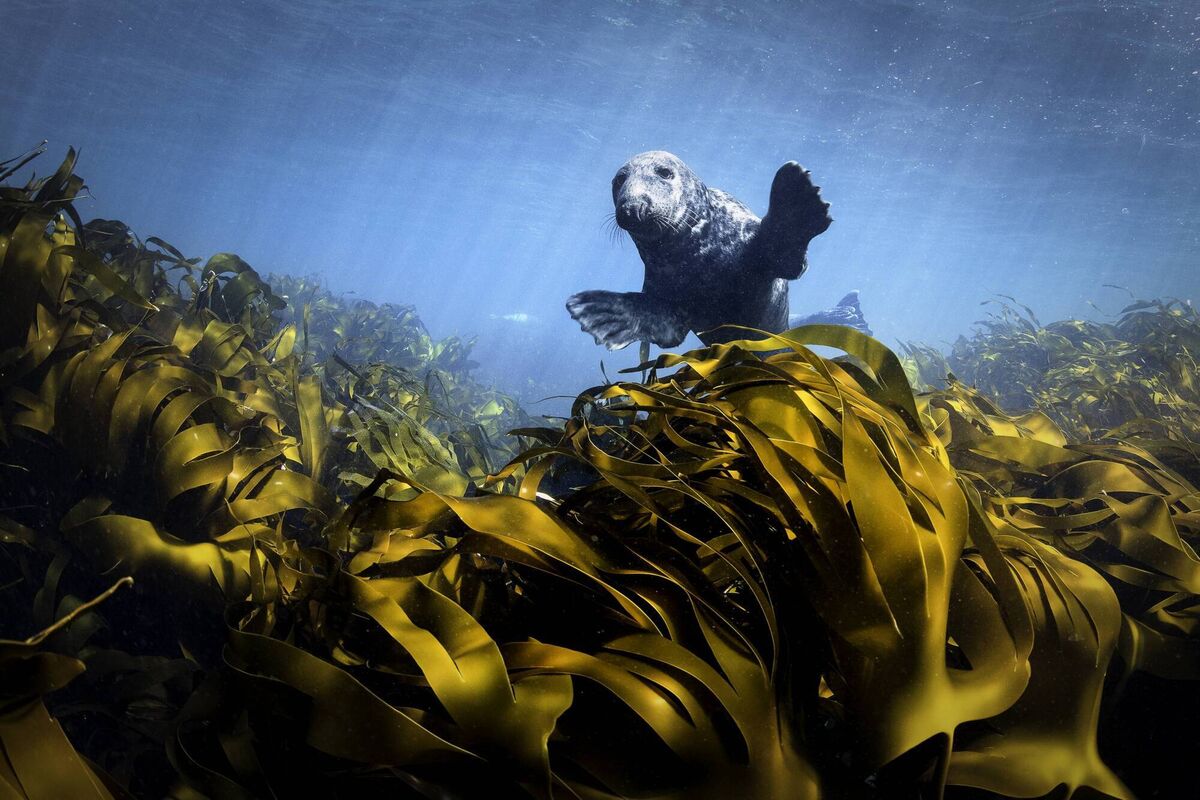
BALL OF ENERGY
Many of us might categorise stoats somewhere with weasels or even rats and not see much to celebrate in them, but the scenes where a mother stoat literally ripples through a pocket of Achill woodland would win them a few fans.
This “ball of energy that’s always on the move” with “black, shiny pools of mischief” for eyes is shown leaping and bounding along to a perfectly selected musical backdrop by Kila.
It isn’t all a ‘wow, how lovely’ documentary though by any means.
Footage from the 1950s and 60s of fishermen slaughtering basking sharks in their thousands is so visceral and shocking that you almost want to shout 'stop'.
More than 9,000 basking sharks were killed at Keem Bay over 15 years. The violent killings were a 24-hour-a-day operation and it is just horrifying to see men putting their full strength into stabbing a 30-feet long normally serene fish that’s thrashing and writhing in agony while trying to survive.
We’re not done with the slaughter of wildlife here these days either. Eoin notes that while we have the recommendations in the recent Citizens’ Assembly report on biodiversity and we have wildlife rules and laws, “they’re often not policed or properly financed or implemented”.
He mentions the problems of tangle nets. These are exactly what they sound like — large sections of mesh that are sunk with weights and left in the sea to indiscriminately ensnare any creature in the area. While they are intended to catch crayfish which migrate along the sea floor, there’s not much to stop seals, rays, or porpoises from getting caught up in them and dying.
“I was talking to a local fisherman in Schull and he knows of a guy who has tangle nets down. His boat is broken over the last few weeks so he hasn’t been out to pick them up so these nets are just ‘fishing, fishing, fishing’ the whole time and creatures caught are just dying ... rotting.”
Eoin says he’s not opposed to the fishing industry as a whole at all: “I’m a realist and coastal communities have a right to fish. But we’re not the only species here, we are part of biodiversity and these creatures have every right to be here too. That’s what frustrates me so much. There is a huge by-catch with these nets and we are still using methods that are completely barbaric, unethical and unsustainable but it’s just a quick buck, like.”
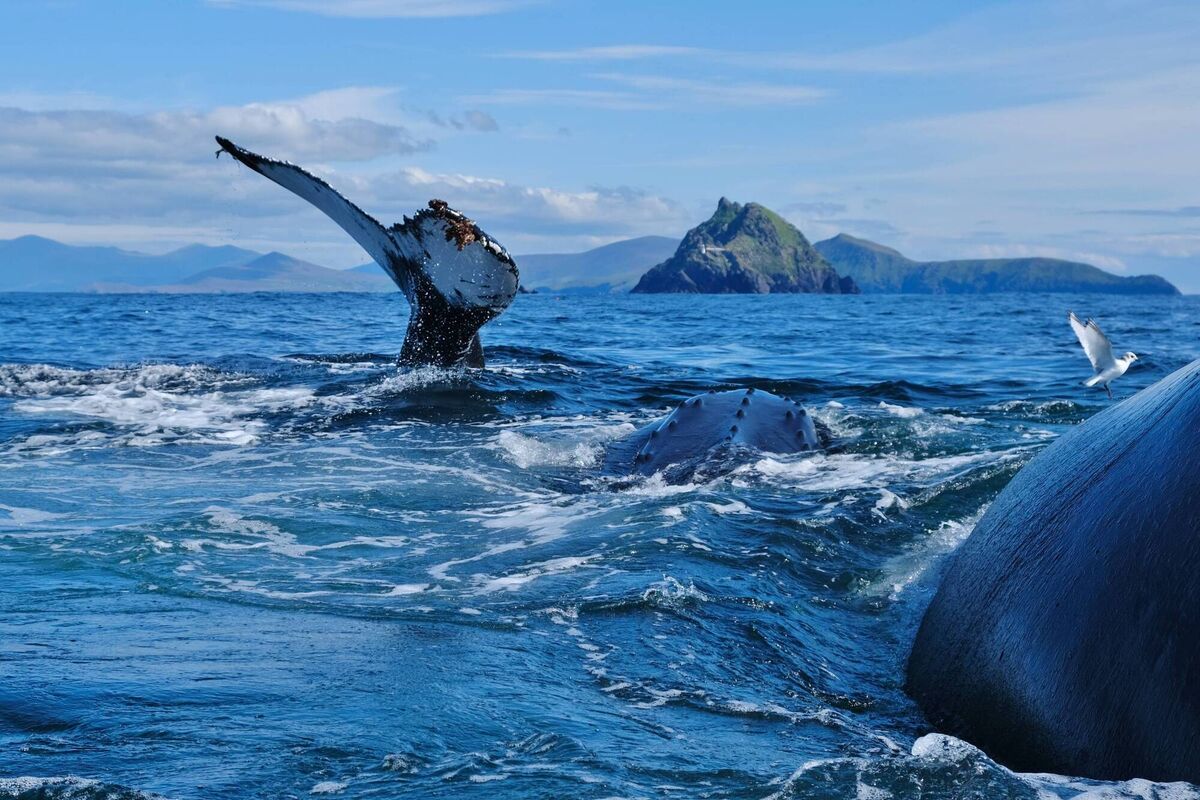
LOVE AND PROTECTION
That’s part of what he’s trying to do with this Ireland’s Wild Islands documentary series — get people aware of what we have right here in this country and looking after it.
“People have to farm or fish but you can do it in a nature-friendly way. We have to give space to animals and nature, that’s what frustrates me ... when we don’t give them their fair share. We have less than 1% national parks in this country and I would love to see every farm in Ireland having a corner for nature. That’s like having thousands of national parks around the country.”
Eoin, who has two boys, Tristan and Ferdia, aged 12 and 13, is keen to ensure that all children have a chance to grow up with an appreciation and respect for nature.
“I would hope people fall in love with it and by falling in love with it, protect it.” He credits his parents for a large part of this in his own life.
His father, who was killed in the Whiddy Island disaster when a French oil tanker exploded in Bantry Bay in January 1979, loved nature and birdwatching. And Eoin has seen old photos of him actually repairing a Galway hooker, so when they were sailing in Cork, going to Garinish Island to film a piece on seagulls, he made sure to get a look at Whiddy too.
“It was very emotive and lovely, and Dad would have got a great kick out of it, I’m sure.”
Eoin’s mum passed away in March last year while he was filming this series.
“She would have loved this, she was my number one fan and loved the docs.”
And it was his mother who gave him that jigsaw puzzle, mentioned earlier, featuring animals of Africa when he was around eight or nine years old — “so I always dreamed of going to Africa”.
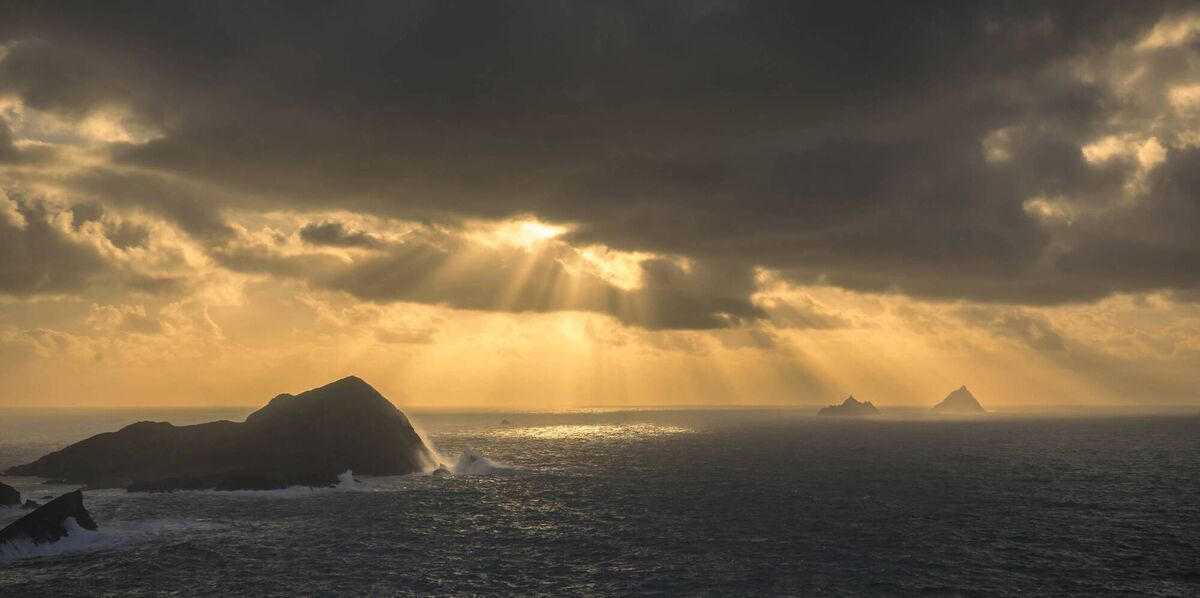
A DREAM REALISED
That dream was realised this year, exactly a year to the day after his mother passed away, when Eoin and his family visited Africa for a holiday. “The date was a conscious decision to honour her.” While there, the Warners discovered more about Lapalala Wilderness School, a conservation charity teaching children about local nature and biodiversity.
This school aims to help children discover the true value of the biodiversity of the natural world and to ”identify and nurture Africa’s future conservation champions”.
“We have nothing like this in Ireland — these formative years, these are when you have to opportunity to create that connection with nature.”
Eoin notes that while we are so incredibly lucky here, “every person you meet in Botswana for example is so proud of the nature they have. And in Ireland we have the opportunity to do more and we are certainly becoming more aware of ecotourism and sustainability all the time. But it works best when it’s from the ground up as well as from the top down. And you would hope that documentaries like these would influence or inspire people to do things from the ground up, to protect our wildlife.”
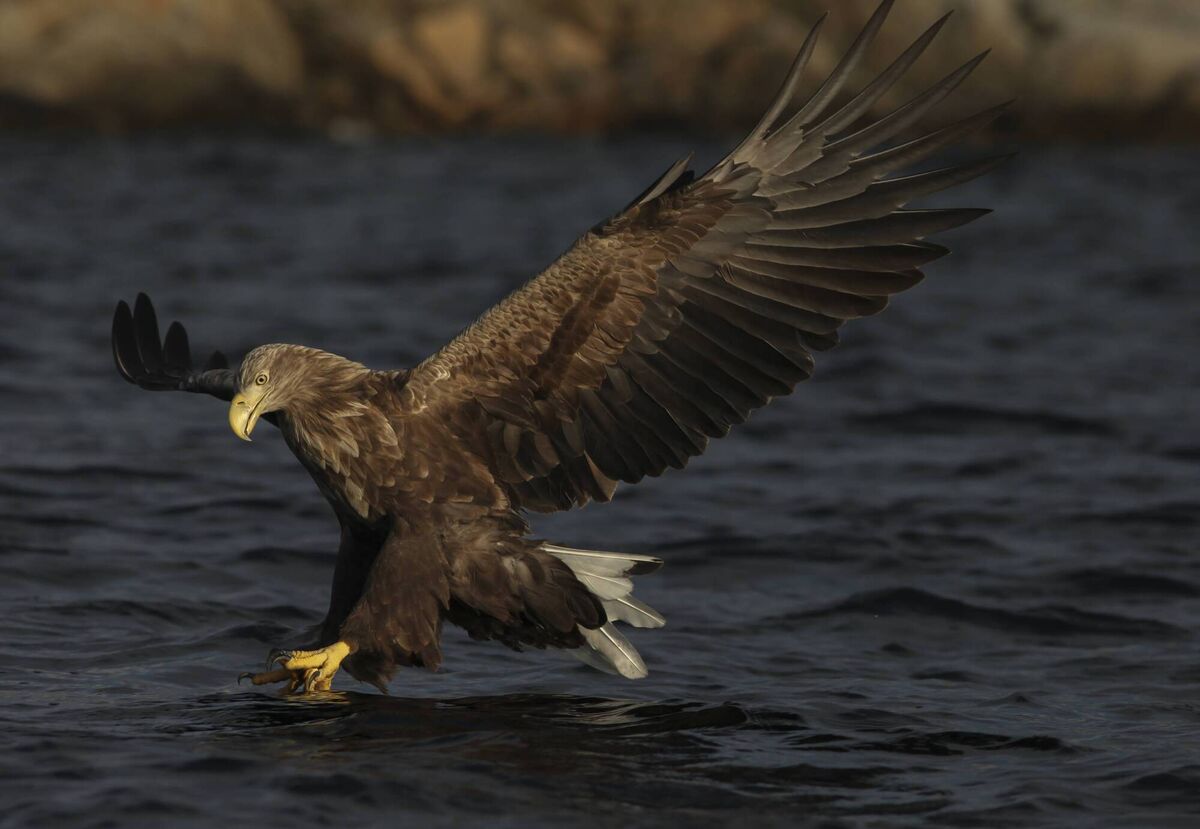
SERIES HIGHLIGHTS
Episodes II and III take in the journey from Mayo to Clare, including Connemara’s turquoise waters, skylarks and Ireland’s only native reptile.
Then it’s on to County Kerry and The Maharees Islands, summer home to Arctic terns which can migrate 50,000 miles a year.
Grey seals and white-tailed eagles feature as the voyage moves on from Tralee Bay to the Blaskets and Bantry Bay and swimming with the magnificent blue shark in warm Gulf Stream waters off Fastnet Rock.
- Episode I of Ireland’s Wild Islands airs on Sunday, April 23 at 6.30pm on RTÉ One & RTÉ Player
CONNECT WITH US TODAY
Be the first to know the latest news and updates







